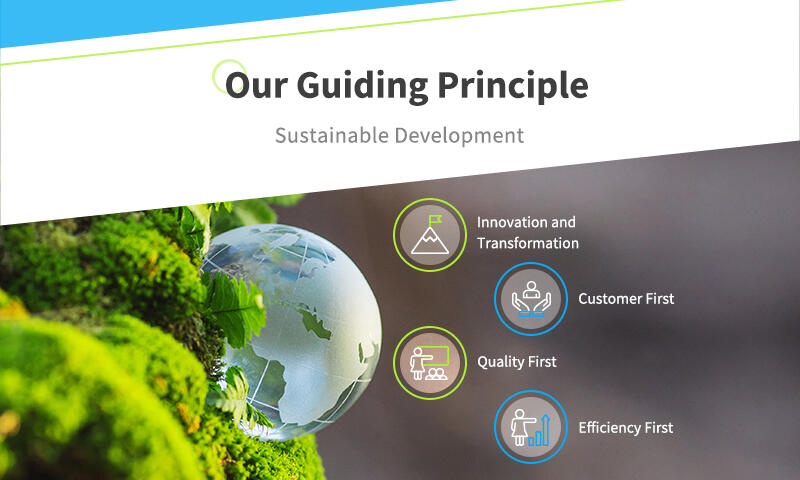Metal Nameplates
Metal nameplates, primarily made of aluminum, are one of the most widely used materials in the production of trademark nameplates. Whether in flat or three-dimensional applications, metal nameplates can showcase unique visual experiences through various processing methods and combinations, making them widely favored.
The processing techniques for metal nameplates are diverse, including printing, electrolysis, hot stamping, engraving, 3D effects, and more. These techniques endow nameplates with a multi-dimensional aesthetic, simultaneously enhancing their recognition and establishing a unique style. Metal nameplates are widely used in industries such as machinery, information technology, and consumer electronics, making them the preferred material for trademark nameplate design.
We offer a variety of metal nameplate products, including diamond-polished nameplates, die-cast nameplates, etched nameplates, and electroplated nameplates, each with unique features and advantages to meet the needs of different customers. Choosing metal nameplates not only showcases the brand's high recognition but also imbues the product with a unique taste and style.
Subcategory Overview:
- Diamond-Polished Nameplates
Surface treated with diamond cutting and high-gloss polishing, presenting a mirror or high-luster finish, commonly used for high-end brand labeling. - Die-Cast Nameplates
Made with zinc alloy die-casting, featuring three-dimensional shapes and sturdy structures, suitable for industrial equipment or outdoor applications. - Etched Nameplates
Produced using chemical etching technology for fine graphics, can be combined with coloring or baking paint, offering high recognition and weather resistance. - Electroformed Nameplates
Made with precise electroforming processes, allowing ultra-thin, high-precision 3D logos and metal labels, commonly used in electronics or cosmetic packaging.

Diamond-Polished Nameplates
Diamond polishing is a metal surface processing technique that utilizes diamond tools to achieve fine polishing or patterning effects.
This technique plays a significant role in enhancing the appearance quality of products and increasing their added value.

Die-Cast Nameplates
Die casting is a metal processing technique that typically involves shaping metal materials into specific shapes or structures using a hydraulic press.
This technique is commonly used in manufacturing industries to produce various metal parts, components, or assemblies.
During the die casting process, metal materials are often injected into specialized molds in either solid or liquid form, and then forced to fill the shape of the mold under high pressure.
Subsequently, through cooling or solidification processes, the desired shape of the metal component is ultimately produced. This technique finds widespread applications in industries such as automotive, aerospace, electronics, household appliances, and others.

Etched Nameplates
Etching is a metal processing method that typically involves using chemical agents to corrode the surface of metal in order to achieve specific shapes or patterns. During the etching process, the metal material to be processed is first shaped into the desired shape of the mold or mask, and then immersed in an etching solution. Etching solutions can be various chemical solutions, such as acids, alkalis, or other corrosive solutions, depending on the metal material to be processed and the desired effect.
The speed and effect of etching can be adjusted by controlling the composition, temperature, and etching time of the etching solution. During the etching process, the etching solution gradually corrodes the metal surface, forming the desired pattern or shape. Etching is commonly used in the production of precision metal parts, fine structures and patterns, as well as in applications such as making printing plates and circuit boards.

Electroplated Nameplates
Electroplating is a metal processing method that typically involves using metal materials such as nickel and utilizing electric current to deposit metal from a solution onto a mold or substrate with the desired shape, achieving the purpose of processing and shaping.
During the electroplating process, the mold or substrate to be processed is first immersed in an electrolyte solution containing metal salts.
Then, by applying electric current, metal ions in the electrolyte solution are deposited on the surface of the mold or substrate to form the desired metal layer.
Over time and with the action of the electric current, the metal layer gradually thickens until it reaches the desired thickness or shape.
Electroplating is commonly used in the production of parts with high precision and specific surface characteristics, such as plated metal jewelry, mold surface treatments, electronic components, copper crafts, and more.
This method offers advantages such as high processing precision, good surface smoothness, and relatively low cost, making it widely used in various industries.

